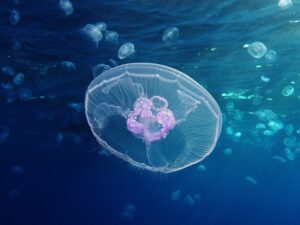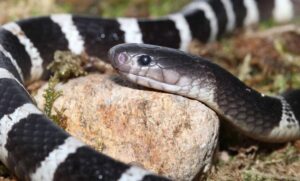Freshwater monsters have a much smaller size than their counterparts living in the ocean, but they are just as terrifying. These freshwater fish are always lurking and pose a threat to human lives in areas near river mouths. Join KnowAllAnimals to explore the Top 13 Most Dangerous Freshwater Fish That You Should Avoid in this article.
1. Top 13 Most Dangerous Freshwater Fish That You Should Avoid
In the Animal Planet TV series River Monsters, Jeremy Wade showed viewers real-life monster hunting expeditions. These included giant monsters and the legends surrounding them, as well as the dangers they pose to humans. Let’s explore the most dangerous freshwater fish with KnowAllAnimals below:
1.13. Pacu Fish
- Kingdom: Animalia
- Phylum: Chordata
- Class: Actinopterygii
- Order: Characiformes
- Family: Serrasalmidae
The Pacu fish is known for its human-like teeth and a habit of biting men’s testicles. Mistaking men’s testicles for an edible type of nut, this fish will not hesitate to come up and bite the object it thinks is food. An adult Pacu fish can grow up to 90 cm (35 inches) long and weigh up to 25 kg (55 lbs).
It typically eats nuts, leaves, underwater vegetation, and snails. Its main diet is beans, leaves, and aquatic plants or snails. They also love to eat meat, so given the chance, they can become dangerous attackers of humans.
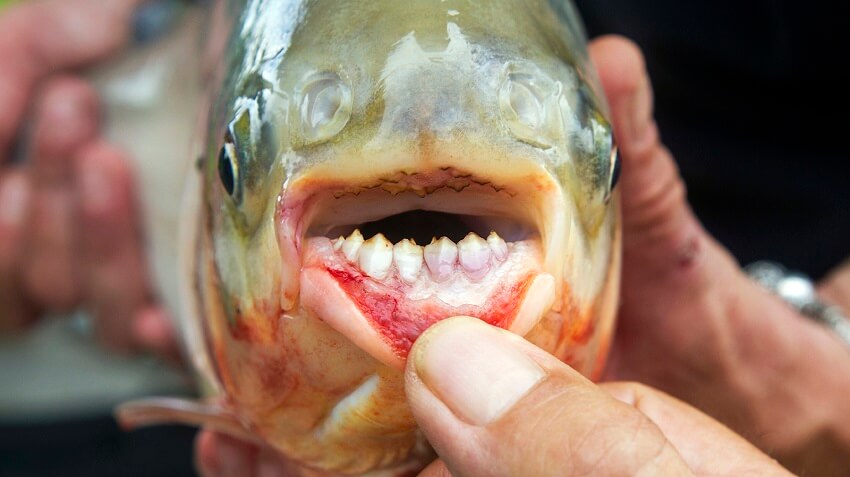
1.12. Arapaima
- Kingdom: Animalia
- Phylum: Chordata
- Class: Actinopterygii
- Order: Osteoglossiformes
- Family: Arapaimidae
- Genus: Arapaima J. P. Müller, 1843
The Arapaima is a giant carnivorous fish that haunts the waters of the Amazon rainforest. This is one of the largest freshwater fish in the world. An Arapaima can be up to 2.7 m (9 feet) long and weigh up to 90 kg (200 lbs). Arapaima often stay near the surface of the water because they need to breathe air in addition to absorbing oxygen through their gills.
This fish is so aggressive that it has teeth on its tongue. When it attacks, the Arapaima usually lunges directly at its prey. It can flip over a boat and cause serious injury to a person.
1.11. Black Caiman
- Kingdom: Animalia
- Phylum: Chordata
- Class: Reptilia
- Clade: Archosauria
- Order: Crocodilia
- Superfamily: Alligatoroidea
- Family: Alligatoridae
- Subfamily: Caimaninae
- Clade: Jacarea
- Genus: Melanosuchus
- Species: M. niger
The Black Caiman is one of the most ferocious monsters living in the Amazon River. It can grow up to 6 m (20 feet) long, making it the top predator in the Amazon River.
The Black Caiman will eat anything near it, including piranhas, monkeys, deer, carp, and anacondas. In addition to its ability to stalk prey and its perfect camouflage, the Black Caiman also has an extremely strong jaw. It will typically grab its prey and drag it underwater, spinning its body to tear it apart.
1.10. Goliath Tigerfish
- Kingdom: Animalia
- Phylum: Chordata
- Class: Actinopterygii
- Order: Characiformes
- Family: Alestidae
- Genus: Hydrocynus
- Species: H. goliath
The Goliath Tigerfish is a legend of the Congo River, a terrifying monster that makes piranhas seem like tiny guppies. With a maximum length of almost 2 m (6.5 feet) and a weight of about 30 kg (66 lbs), this monster can easily tear apart a large prey animal in just a few seconds. The mouth of this monster is equipped with sharp, blade-like teeth that can be up to 5 cm (2 inches) long.
In the past, there were many disappearances in the Congo River, and people rumored that a dark force was haunting the river. It wasn’t until much later that the true culprit was discovered: the 2-meter-long monster living in the river that Jeremy Wade once caught.

1.9. Piraiba Catfish
- Kingdom: Animalia
- Phylum: Chordata
- Class: Actinopterygii
- Order: Siluriformes
- Family: Pimelodidae
- Genus: Brachyplatystoma
- Species: B. capapretum
A legend of the Amazon, the Piraiba is dubbed the largest catfish in South America, with a maximum length of up to 3 m (10 feet) and a weight that can reach over 200 kg (440 lbs). The mouth of this monster is over 40 cm (16 inches) wide and can easily swallow large prey whole. This catfish uses the colors on its body to camouflage itself while hunting, with a grayish-blue back and a white belly.
They eat all kinds of prey, from large fish to mammals, and have also been known to eat humans. Luckily, humans are not their favorite food. The number of deaths and disappearances related to the Piraiba catfish is statistically low, but they are still one of the most terrifying freshwater monsters.
1.8. Goonch Catfish
- Kingdom: Animalia
- Phylum: Chordata
- Class: Actinopterygii
- Order: Siluriformes
- Family: Sisoridae
- Genus: Bagarius
- Species: B. yarrelli
The Goonch Catfish is mainly active in the Kali River, which runs between India and Nepal. This catfish can be almost 2 meters long and weigh around 70 kg (154 lbs). Many people believe that this fish grew to such a large size because the Kali River is polluted by industrial factories and because of the disposal of human remains during Hindu funeral rituals, which caused the fish to mutate. This freshwater monster also has a massive mouth with small, razor-sharp teeth.
There has been a report of an attack by a Goonch fish in India where an 18-year-old boy was killed and his body was never found.
1.7. Barracuda
- Kingdom: Animalia
- Phylum: Chordata
- Class: Actinopterygii
- Order: Carangiformes
- Suborder: Centropomoidei
- Family: Sphyraenidae Rafinesque, 1815
- Genus: Sphyraena J. T. Klein, 1778
With a long, slender body that can be almost 2 meters long, barracudas are like living torpedoes with jaws that are almost 10 cm long and sharp teeth. These torpedoes typically live a solitary life until the breeding season. They hunt by camouflaging themselves by changing their body color to blend in with their surroundings. Their main food source is small fish.
However, during the breeding season, when hundreds of barracudas gather in one area, food becomes scarce. Due to their aggressive nature, they can eat their own kind. At these times, humans or other large fish can also become an easy meal for a school of barracudas.
1.6. Wels Catfish
- Kingdom: Animalia
- Phylum: Chordata
- Class: Actinopterygii
- Order: Siluriformes
- Family: Siluridae
- Genus: Silurus
- Species: S. glanis
The seas of Europe may be quite peaceful, but if you travel near river mouths, you might encounter a freshwater monster that can be up to 4 meters long and weigh almost 200 kg (440 lbs). This is the Wels Catfish, a species of catfish that typically lives in the estuaries of Spain and the Volga River in Russia. This monster has a huge jaw with tiny, razor-sharp teeth, which makes it impossible for any prey to escape.
There has been a recent report of an attack by this fish on a German swimmer. In Russia, a Wels Catfish was caught, and the entire body of a person was found in its stomach.
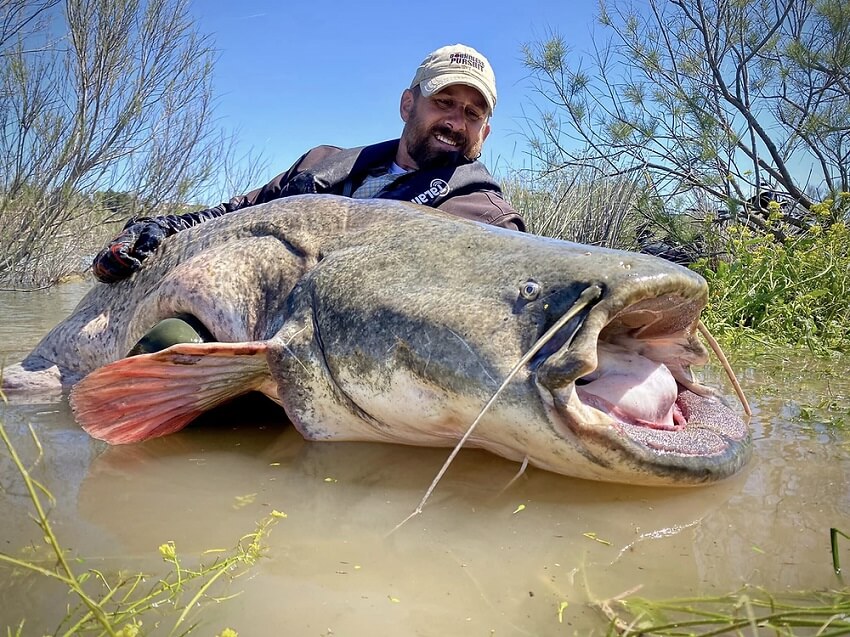
1.5. Freshwater Stingray
- Kingdom: Animalia
- Phylum: Chordata
- Class: Chondrichthyes
- Subclass: Elasmobranchii
- Division: Batomorphi
- Order: Myliobatiformes
- Family: Potamotrygonidae Garman, 1877
The Freshwater Stingray, also known as the giant freshwater stingray, typically lives in rivers in Southeast Asia. With a flat, disc-like body, this fish is famous not for its aggression or attacks on humans, but for the highly venomous stinger on its 0.2-meter-long tail.
They usually hide under the mud at the bottom of the river and attack their prey with the venom in their tail, much like a scorpion. They silently and stealthily kill their prey like a true assassin, and can be up to 4 meters long and weigh about 100 kg (220 lbs).
1.4. Muskellunge
- Kingdom: Animalia
- Phylum: Chordata
- Class: Actinopterygii
- Order: Salmoniformes
- Family: Esocidae
- Genus: Esox
- Species: E. masquinongy
This fish is related to the barracuda. The Muskellunge also has a long, slender body and a large jaw with big fangs and hundreds of small, razor-sharp teeth. The Muskellunge is the largest species in the pike family, and can be up to 2 meters long and weigh only about 50 kg (110 lbs).
However, with a jaw full of sharp teeth, they can cause extremely serious injuries to their prey. Their main food source is fish and small mammals. There have also been reports of attacks on humans, but fortunately, no one has been killed.
1.3. Electric Eel
- Kingdom: Animalia
- Phylum: Chordata
- Class: Actinopterygii
- Order: Gymnotiformes
- Family: Gymnotidae
- Subfamily: Electrophorinae Gill, 1872
- Genus: Electrophorus Gill, 1864
The Electric Eel is a type of catfish that typically lives in the Amazon River. The largest recorded electric eel was 2.5 m (8.2 ft) long and weighed 25 kg (55 lbs). The electric eel does not have a large, powerful jaw or sharp teeth, and it is not venomous. Instead, it uses a very unique method to hunt and defend itself: it can release an electric current of up to 600 volts.
This electric current is powerful enough to kill an adult human. In many other cases, a weaker electric shock is enough to make a victim unconscious, which can lead to drowning. However, an electric eel can be handled safely with a pair of rubber gloves.
1.2. Alligator Gar
- Kingdom: Animalia
- Phylum: Chordata
- Class: Actinopterygii
- Clade: Ginglymodi
- Order: Lepisosteiformes
- Family: Lepisosteidae
- Genus: Atractosteus
- Species: A. spatula
The Alligator Gar easily reminds many people of a prehistoric monster, with a long, large body, a very unique jaw, and many layers of small, consecutive teeth. It is a nightmare for any animal that is unlucky enough to face it. This fish typically lives in rivers and lakes in the Americas, but the largest ones live in North America, with the heaviest weighing up to almost 200 kg (440 lbs) and reaching a length of 3 m (10 ft).
Although it has a giant body, its favorite foods are small fish and shrimp. However, there have been a number of attacks by alligator gars in the U.S., and many disappearances are believed to be related to this monster.
1.1. Bull Shark
- Kingdom: Animalia
- Phylum: Chordata
- Class: Chondrichthyes
- Subclass: Elasmobranchii
- Division: Selachii
- Order: Carcharhiniformes
- Family: Carcharhinidae
- Genus: Carcharhinus
- Species: C. leucas
Topping the list of the most dangerous freshwater monsters is a species that is considered an ocean predator: the Bull Shark. The Bull Shark is the only species of shark that can live in brackish water in estuaries. It can even travel deep inland to places like Missouri, Illinois, and Kentucky to find food. It possesses the deadly hunting skills of a shark, along with a very aggressive nature. Bull sharks have caused a number of attacks and deaths in rivers in the U.S.
With a weight that can reach up to 300 kg (660 lbs) and a length of about 4 m (13 ft), the Bull Shark is a well-deserved number one on the list of the most dangerous freshwater monsters in the world today.
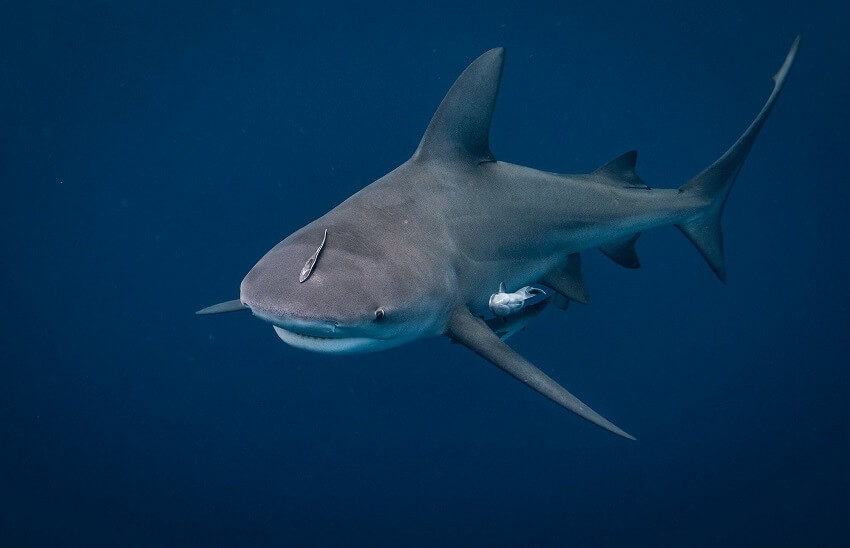
2. Conclusion
We hope this article on the Most Dangerous Freshwater Fish from Know All Animals has given you a better understanding of these dangerous monsters that are a threat to humans. This has truly been some very interesting information, and we are grateful that you took the time to read our article.


